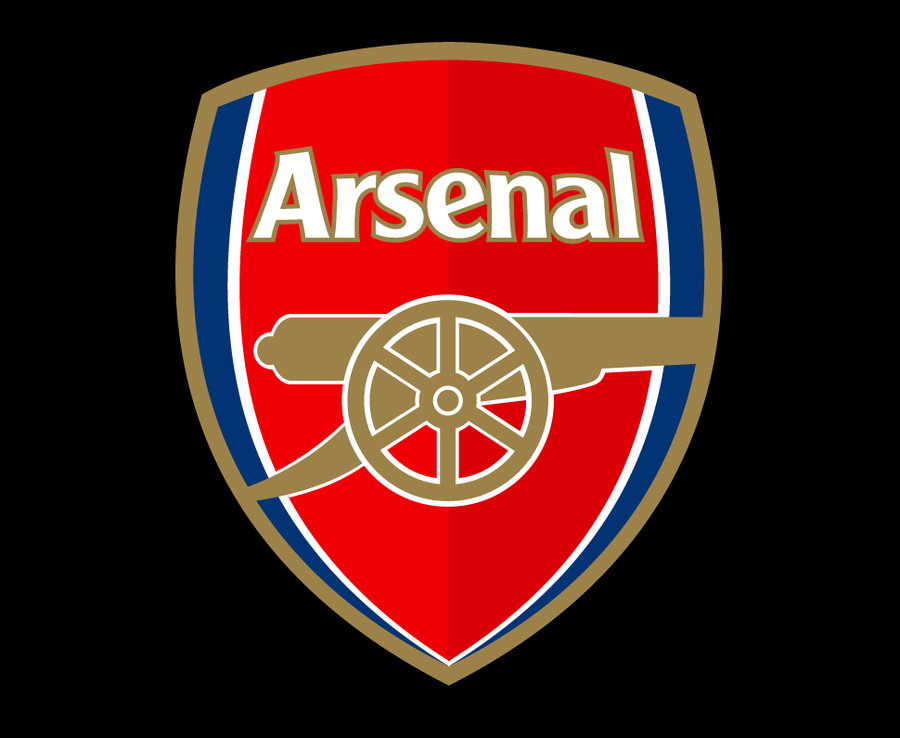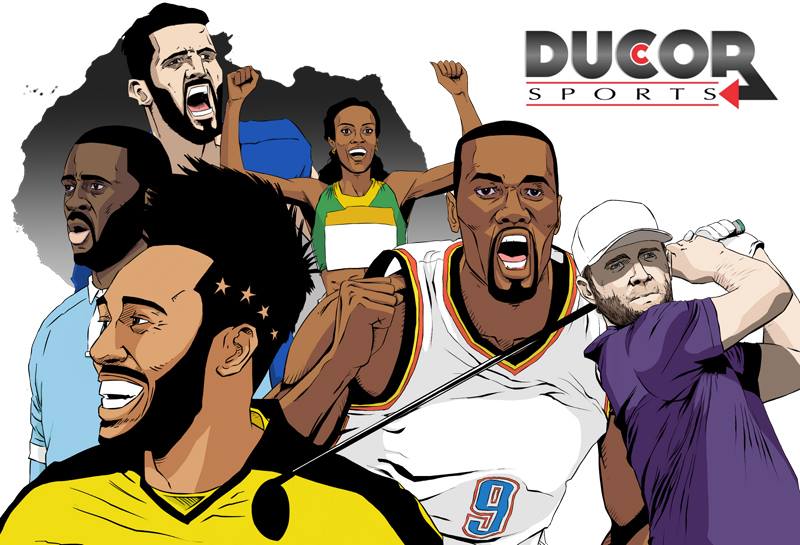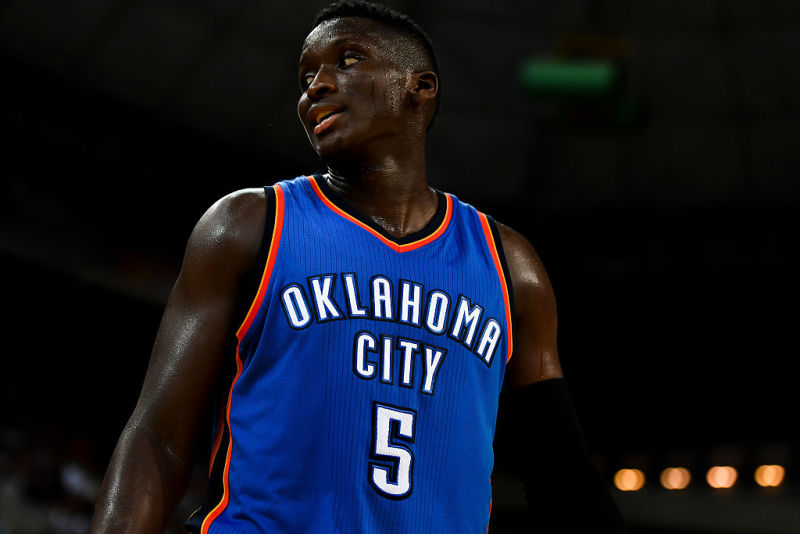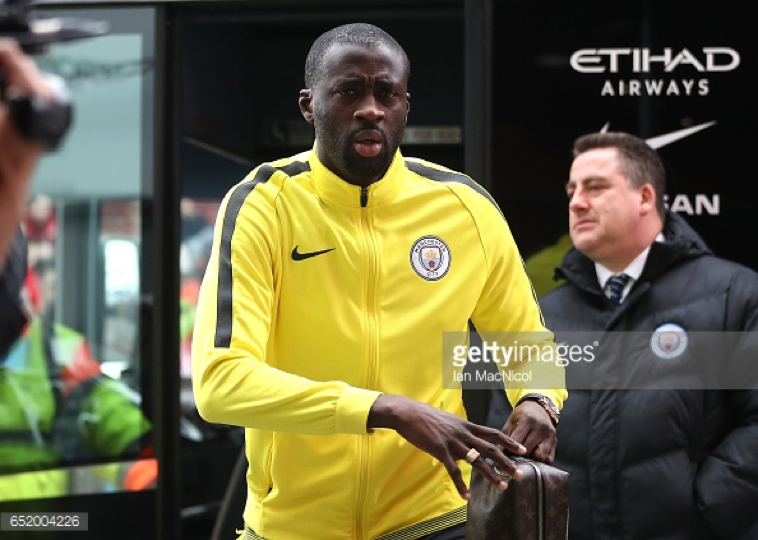Most sports fans support clubs for other reasons besides winning and pride. Anthems, slogans, and nicknames – without paying attention to the origin of the club nicknames – are some of the other reasons supporters identify with their teams.
Today, we bring you the inspiration behind some of the biggest football club’s nicknames.
Arsenal – The Gunners
Like many, Arsenal’s nickname goes right back to when the club was originally founded. Back in 1886, workers at Woolwich Arsenal Armament Factory (connected with the military), decided to form a football club called Dial Square. The club was renamed Woolwich Arsenal before dropping the prefix in 1913, hence the name Arsenal with the cannon on the badge.
Atlético – Los Colchoneros (The Mattress Makers)
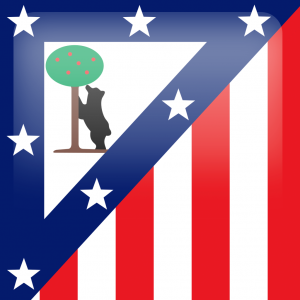
In the post-civil war period in Spain, mattresses had a uniform design of red and white stripes, which made the material cheap. Atlético ditched its blue and white and in an instant became the mattress makers.
Barcelona – Barça, Blaugrana (Blue and Reds), Culés (Bottoms)
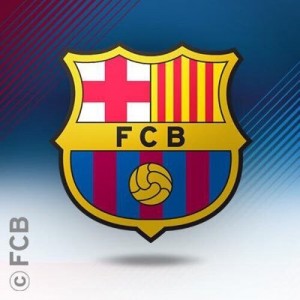
Barcelona is most common, Blaugrana most obvious, but Culés most interesting. It is commonly referred to fans and stems from a tale of supporters unable to find seats at the old Les Corts stadium. Instead, they sat on the walls of the ground and unwittingly exposed their behinds (clues) to passers-by on the streets.
Bayern – Die Roten (The Reds)
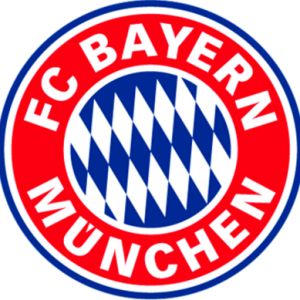
Six years after it was established in 1900, Bayern linked up with the Münchner Sport-Club in order to use their pitch and facilities. There was just one condition: that it had to swap the black shorts for red and Bayern has since been Die Roten.
Chelsea – The Blues
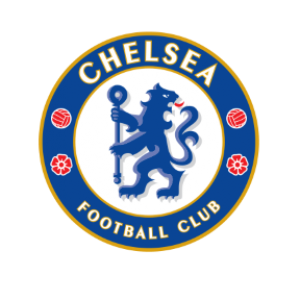
Chelsea was called the Pensioners until the mid-50s because of their association with the famous Chelsea Hospital which was home to British war veterans – the Chelsea Pensioners.
To this day, the association continues its loyal services to pensioners who are given eight seats for every home game at Stamford Bridge. The nickname was then dropped under the instruction of Ted Drake, a former star player who became Chelsea’s coach in the 50s. Drake felt that the nickname was an embarrassment and Chelsea FC later adopted a new version, the Blues.
Dortmund – Die Schwarz-Gelben (The Black and Yellows)
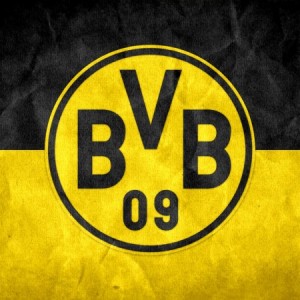
Dortmund once wore red, white, and blue but switched in 1913 following serious a lobby from future club president, August Busse. Yellow and black were the colors of Britannia, a side that had merged with Dortmund a few years earlier but for a while, they were known as the Lemons.
Everton – The Toffees
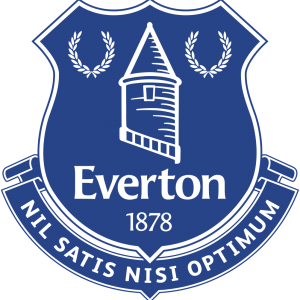
The famous nickname comes from a local sweet shop known as Mother Noblett’ sold and advertised the Everton mint. The sweet shop is located opposite Prince Rupert’s Tower which forms the majority of the Everton crest.
This gave birth to a pre-match feature – Everton Toffee Lady – at Goodison Park that has lasted remarkably well throughout the years. In previous years, one Toffee Lady did the job week in, week out but today for each home match, a different teenage girl is selected from the ranks of Everton’s Supporters Club, to perform this time-honored task. It should also be noted that the toffees thrown, are usually Everton Mints.
Juventus – Vecchia Signora (Old Lady)
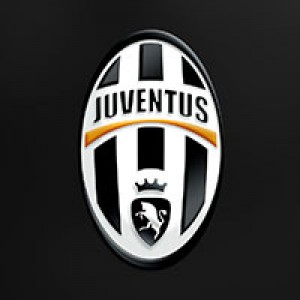
There is debate over the origin of this Italian side. Some believe it comes from the Agnelli family who bought the club in the 1920s and wanted to evoke a sophisticated style, ‘lo stile Juve’, so it opted for an old noblewoman.
Others say the major reason behind the club’s nickname – the Old Lady – is because of its antiquity. Its existence for the longest years in the recorded history of Italy, indulged most of its citizens to label it the Old Lady.
Leicester – The Foxes
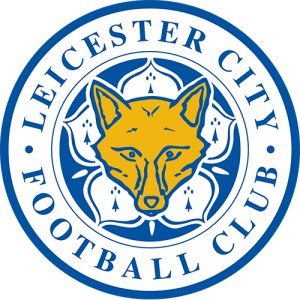
Formerly nicknamed the Fossils then the Filberts, Leicester City was inspired by the famous Leicestershire foxhunting that led to the birth of the nickname the Foxes. It is also the reason behind the club’s emblem. Players walk out onto the pitch under the motto ‘Foxes Never Quit’.
Liverpool – The Reds
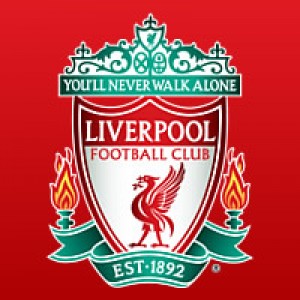
When Liverpool adopted the city’s color of red as the color of their strip, the nickname the Reds simply caught on.
Manchester City – Citizens/ The Sky Blues
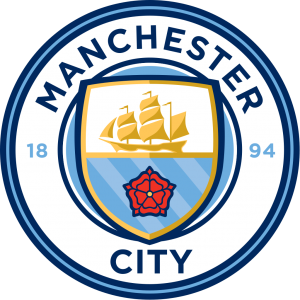
The label evolved from the term City whereas Sky Blues refers to the color of their home shirts.
Manchester United – The Red Devils
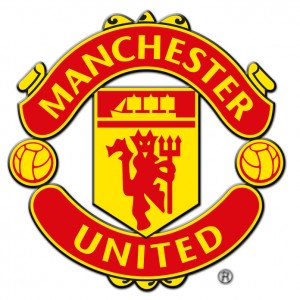
It got its nickname from the rugby club in Salford, Greater Manchester, who on a tour to France – where they were crowned the first club to receive an invitation to France – won all six matches in spectacular fashion. The dazzling and relentless team performance earned it the nickname Les Diables Rouges translated to the Red Devils from French journalists.
Sir Matt Busby who set about to rebuild the team, decided that the use of this label would intimidate the team’s opponents. United then incorporated the name in its scarves and programs, and later a cheeky looking devil with a pitchfork made its way to the crest alongside a ship with an open sail.
Paris Saint-Germain – PSG
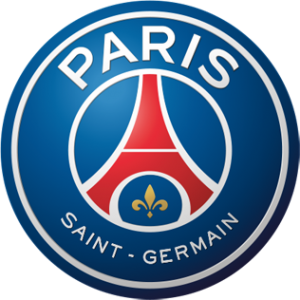
Occasionally dubbed Les Rouge-et-Bleu to mean the Red and Blue or Les Parisiens the Parisians
Real Madrid – Meringues.
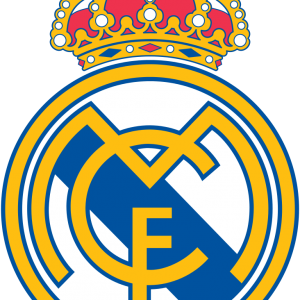
Real Madrid’s nickname is not as commonly known – Los Galácticos. This term only refers to the most famous players – Zidane, Ronaldo, Figo, Beckham, Raul and Roberto Carlos.
Real Madrid is known as the Meringues because of the distinctive all white kit which resembles the famous pudding made from egg whites and sugar. A writer for British Newspaper the Times is credited for a less common moniker, Vikingos after comparing Madrid’s 7-3 victory over Eintracht Frankfurt in the 1960 European Cup final in Glasgow, to the Viking invasion of Europe.
Sevilla – Palanganas (Washbasins)
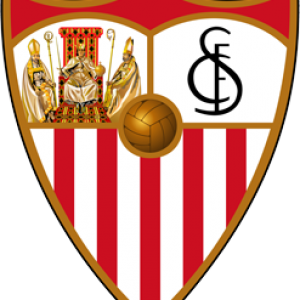
One version is that the Estadio Ramón Sánchez Pizjúan resembles a washbasin while another has it that washbasins in the early 20th century were white with a red lining which mirrored the club’s colors.
Tottenham Hotspur – Spurs/ Lilywhites
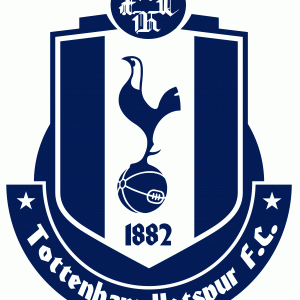
Spurs is a shortened version of Hotspur which comes from the club’s connection with Shakespeare character, Harry Hotspur. Lilywhites simply comes from the color of Tottenham’s home shirt
Featured photo: All Images courtesy of the clubs’ websites.
